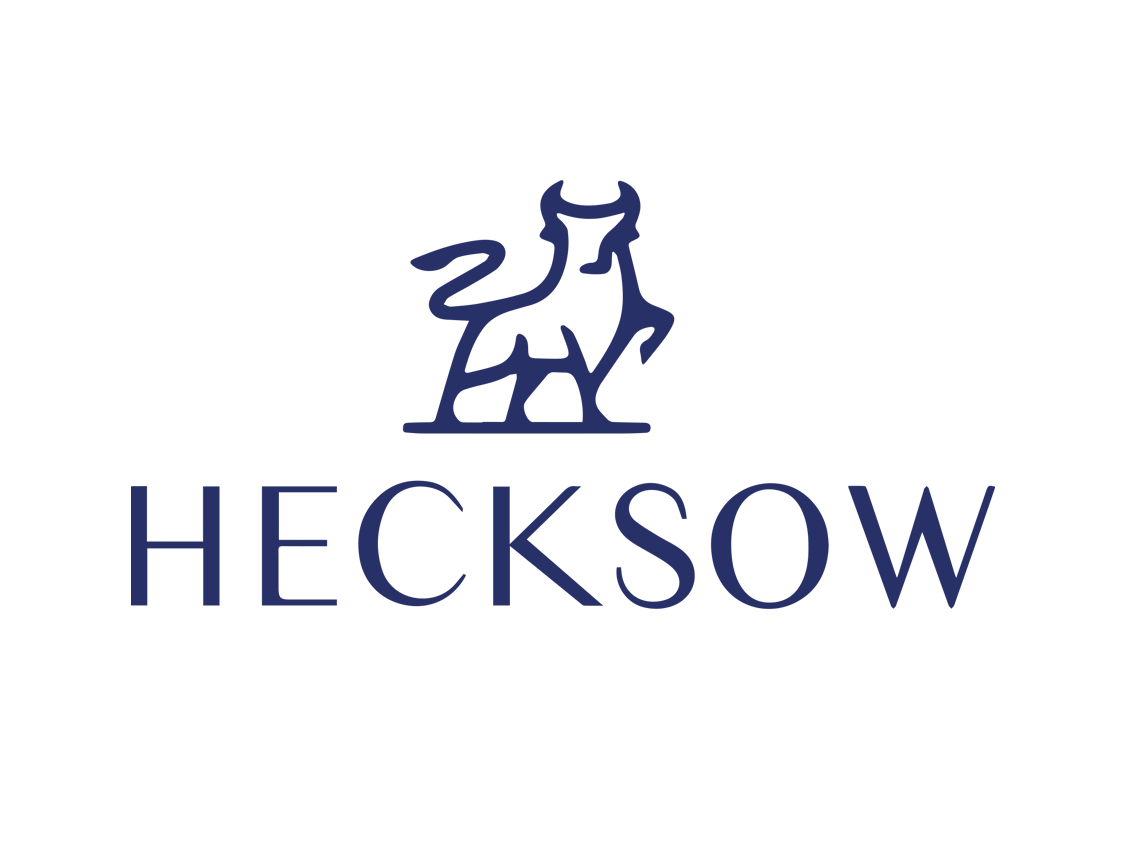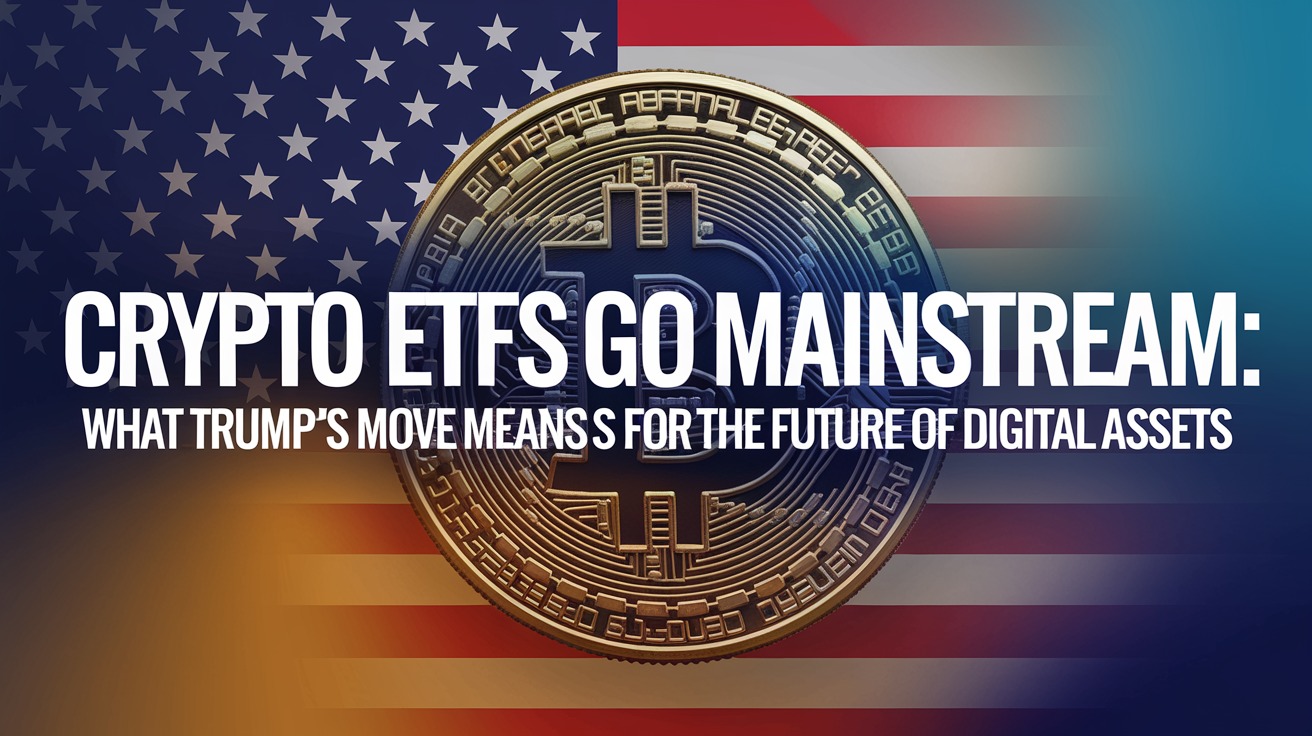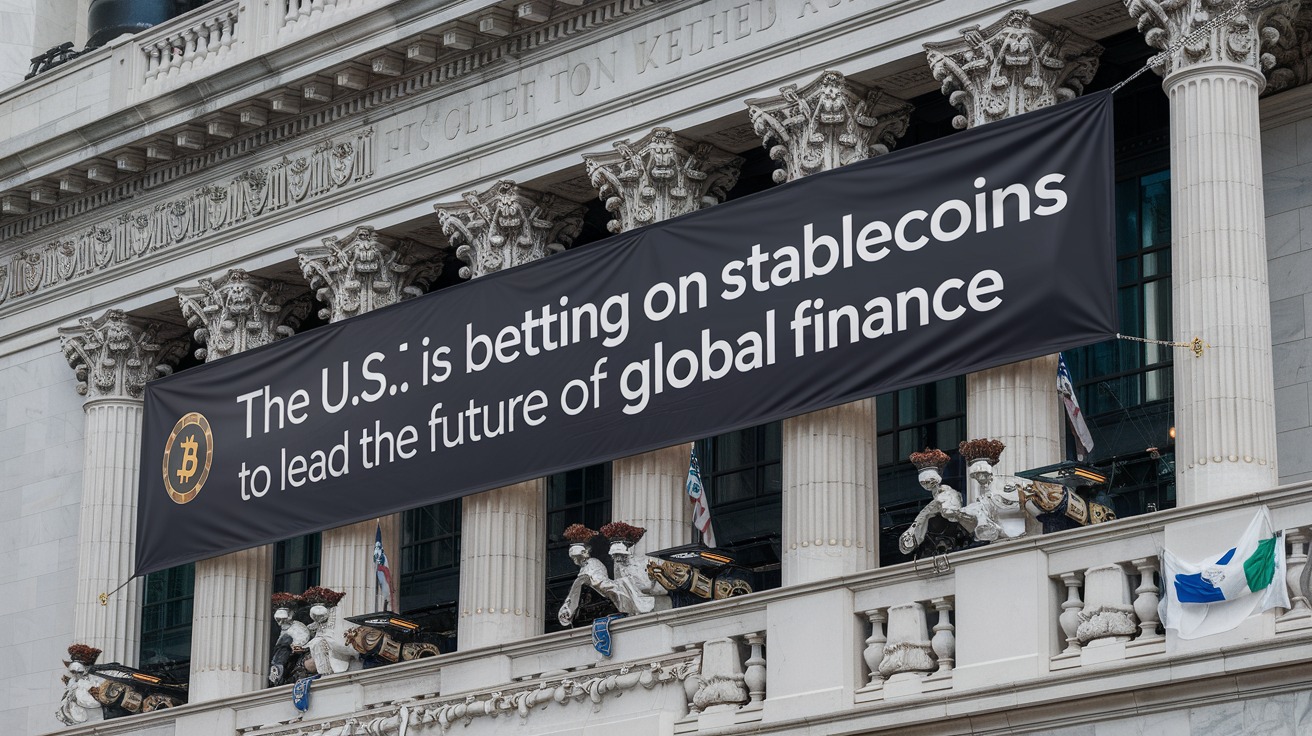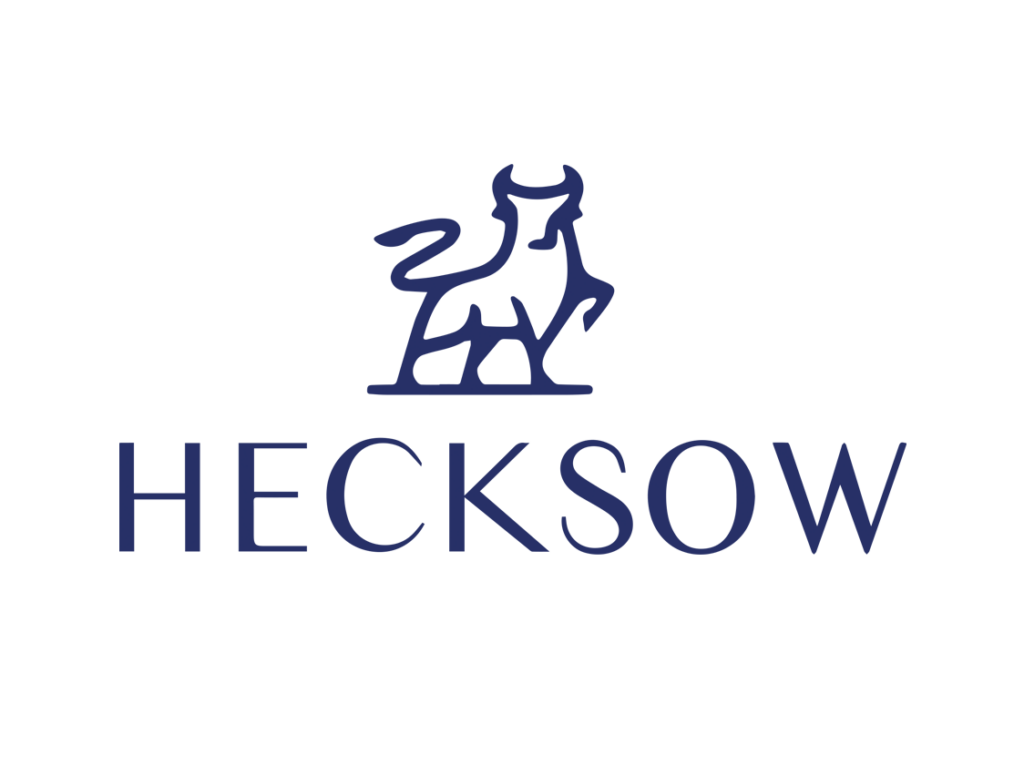In March 2025, a jaw-dropping $520 million Bitcoin short trade appeared on-chain—public, leveraged 40x, and placed through a decentralized exchange called Hyperliquid. Within hours, this move wasn’t just news—it was a case study in how Web3 is changing finance at its core.
It also proved something companies like HECKSOW have long believed: open, decentralized, and transparent finance isn’t the future—it’s already here.
Let’s break down what happened, what it means, and why it matters.
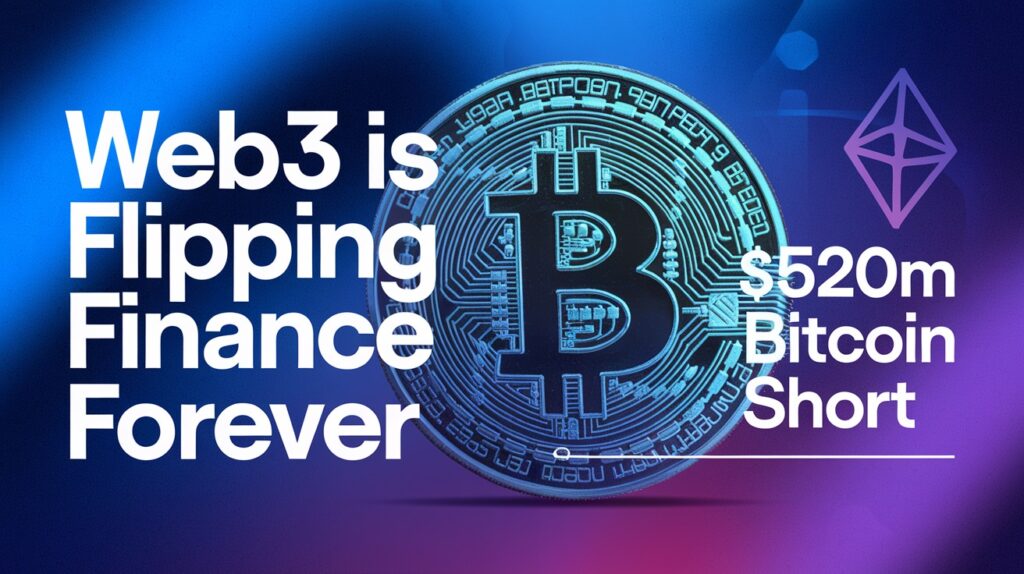
The Whale Short That Caught Everyone’s Eye
An anonymous whale opened a $520M short position on Bitcoin at $83,898, with 40x leverage. The liquidation price? Just 1.75% above entry—$85,561. If BTC rose just slightly, the position would be wiped out.
The move was so large and so aggressive that it immediately caught the attention of on-chain analysts, traders, and influencers alike. Some coordinated in real time to push BTC upward and test the whale’s risk exposure. This wasn’t market manipulation—it was public strategy in action.
Key takeaway: In traditional finance, trades like this are hidden. In DeFi, they’re out in the open—and everyone plays the same game.
Web3 Finance: Transparent, Decentralized, and Real-Time
This event wasn’t just about Bitcoin—it was about how power shifts when finance moves to the blockchain.
In traditional finance:
- Whale trades are private.
- Institutions move markets with no oversight.
- Retail investors are left guessing.
But in Web3:
- Every trade is visible on-chain.
- Rules are coded into smart contracts, not buried in paperwork.
- Anyone—from a teenager to a billionaire—can take part in the same system.
This is the kind of financial world HECKSOW is building—where anyone can own property, access a mortgage, or earn yield from real estate using digital assets transparently and fairly.
The Theory: Was the Whale Trap Intentional?
Some analysts believe the whale was betting on being liquidated. That’s right—the $520M short may have been a trap.
The logic? If the whale also held a much bigger long position elsewhere, getting liquidated on the short would drive BTC up—triggering a win on the long. It’s a high-risk, high-reward strategy—but one that works only in a transparent, real-time environment like DeFi.
Only in Web3 can both the trap and the reaction happen openly, in front of millions of eyes.
What This Means for Finance Going Forward
The Hyperliquid whale short is a symptom of something bigger:
✅ Finance is no longer closed-door.
✅ Power is shifting from banks to protocols.
✅ Retail investors aren’t spectators anymore—they’re participants.
We’re witnessing the rise of transparent, decentralized, community-driven finance.
Why Platforms Like HECKSOW Matter in This Landscape
While this whale trade happened in the crypto trading space, the same values apply to mortgages and real estate.
We believe at HECKSOW :
- Everyone should be able to buy a home without gatekeepers.
- Blockchain-backed mortgages should be available without hidden fees.
- People should earn, invest, and build wealth without banks controlling the process.
🚀 We offer:
- Crypto-backed mortgages (no paperwork, no credit checks)
- Stablecoin savings with 8%+ APY
- Treasury tokens that help you co-own real estate, starting with just 1%
Experience what transparent, decentralized property ownership looks like.
→ Join our DAO.
→ Tap-to-own. No banks. No delays.
Final Thoughts
The $520M Bitcoin short wasn’t just bold—it was symbolic.
It showed the power of decentralization, the transparency of Web3, and the creativity of a new generation of financial participants.
This is where the future is heading—not just for trading, but for everything money touches.
🏠 Including real estate.
And as long as companies like HECKSOW are building, that future is closer than you think.
